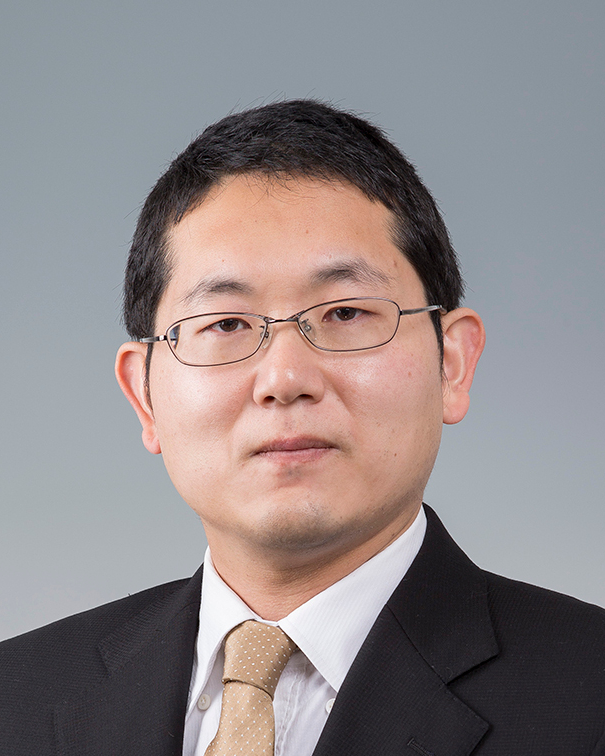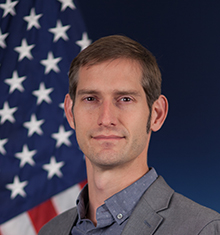We are excited to announce the INERTIAL 2020 Invited Speakers!
“So, you want to start an inertial navigation company?”
Abstract: The first gyroscope was invented approximately 200 years ago (1817) [1] and the first companies established to produce these inertial sensors were established almost 100 years later in the US [2] and Germany [3].
Since then a large number of inertial navigation companies have been founded by entrepreneurs and nearly 100 such companies are in existence today (depending on how one defines an inertial navigation company), some expanding and some shrinking and some just limping along. Thus, not surprisingly, new companies with ambitious plans are continuing to be established every year.
I have been fortunate to start (co-found) 2 successful inertial navigation companies, one in North America in 1994 and one in Europe in 2012. I started out believing that building a better inertial navigation device and inertial system – perhaps more accurate, smaller, lighter, using less power, or less expensive, was sufficient to establish a successful company. I was wrong. Building and selling a better inertial system is perhaps necessary but not sufficient to create a successful inertial navigation company.
In the past 25 years I have been frequently asked questions about starting a navigation company and thus thought that it might be interesting and perhaps useful to share some of my observations and experiences. There are a large number of successful inertial navigation company entrepreneurs and perhaps they will add to this data base with their observations and experiences.
In this paper and presentation, I will first give a very brief history of how these two companies got started, then discuss the basic questions that I think all entrepreneurs need to answer when considering starting a business and perhaps planning to raise capital. Finally I will review some
observations that are specific to the inertial navigation industry and provide some advice for those planning on starting an inertial navigation company.
“Frequency Modulated and Rate Integrating Gyroscope Based on Mode Separation”
Abstract: A FM and rate integrating gyroscope (FM/RIG) is advantageous in terms of excellent temperature stability. The FM/RIG using independently controlled (clockwise) CW and (counter-clockwise) CCW modes on a same resonator are reviewed. In this type of control method, both angular rate and rotation angle (=integration of angular rate) can be measured by the frequency and phase differences respectively. Due to the differentiation, common mode frequency shift, mainly caused by temperature, can be removed. Single resonator system is developed to completely removed the temperature difference, which can be realized by CW/CCW mode separator. In the lecture, I will review the principle of the FM/RIG and the CW/CCW mode separator.
In the actual gyroscope, both resonant frequency and Q-factor mismatch caused by the fabrication imperfectness degrade the performance. The proposed mode-separation method can compensate the frequency and Q-factor mismatch by adjusting the phase and amplitude of the driving signal. The principle of these mismatch compensation and automated parameter searching method will be reviewed. Finally, additional techniques, such as virtual rotation, to further remove the effect of mismatch will be reviewed.
“Making Quantum Inertial Useful is Hard, but how Hard?”
Abstract: Inertial instruments using atom interferometers or other engineered quantum sensors have proven difficult to realize. The idea to make an atom interferometer inertial sensor goes back to at least the 1980’s and first demonstrations go back to at least 1991 with funding from US Department of Defense. Now, 30 years later, and despite record absolute rotation and acceleration measurement sensitivity in previous DARPA programs, we are still years away from commercial production of any such instrument. A viable sensor concept will need to provide significant benefit to some buyer in order to be worth spending the significant resources to develop it. The sensor will need to content with the physical constraints imposed by useful dynamic range, sensitivity, accuracy, size, and power. Finally that sensor will need significant engineering development on components such as lasers, photonics, vacuum, and specialized materials. This talk will discuss the physics, engineering, and business challenges to developing commercially successful quantum based inertial sensors such as accelerometers, gravimeters, gradiometers, and gyroscopes. These challenges motivated the DARPA Atomic-Photonic Integration (A-PhI) Program’s second technical area and we’ll discuss the origins of the metrics in that program. We will discuss the DARPA program’s early success in developing “trapped” or “guided” atom interferometers. Finally, I’ll spend some time laying out what might be in the field’s future.



